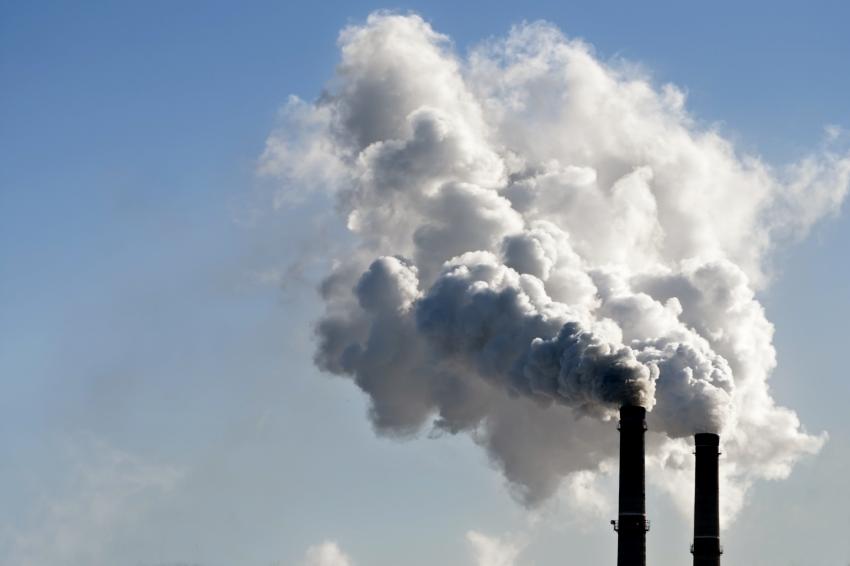US States Sue EPA over Chemical Accident Rule Delay
04.08.2017 -
A coalition of attorneys general from 16 Democrat-led US states including California, Connecticut, Delaware, Illinois, Iowa, Maine, Massachusetts, Minnesota, New Mexico, Oregon, Pennsylvania, Rhode Island, Vermont, Washington and the District of Columbia is suing the Environmental Protection Agency (EPA) for its plans to delay implementation of the Obama administration’s update of the Chemical Accident Safety rule by 20 months.
The number and severity of accidents over the past decade point up the urgent need to update the safety and security of the nation's chemical facilities, the attorneys generals said.
The lawsuit claims that with the delay EPA administrator, Scott Pruitt, overstepped the agency’s authority under the Clean Air Act.
Local organizations supporting the action said they hoped to make legal arguments similar to those brought against the EPA’s delay of regulations limiting methane leaks from oil and gas drilling and production. A Washington DC appeals court recently upheld a district court ruling ordering the agency to implement that legislation, although it still faces hurdles.
The updated chemical safety rule targets critical improvements to legal protections against explosions, fires, poisonous gas releases and other accidents at more than 12,000 US chemicals-related facilities. In addition to chemical production plants, these include refineries, pulp and paper mills, chemical and petroleum wholesalers and terminals, wastewater treatment plants, agricultural chemical distributors, midstream gas plants and food storage facilities with ammonia refrigeration systems.
On January 13, 2017, the outgoing administration of then-US President Barack Obama finalized the rule to update Risk Management Plan regulations mandated by Congress in amendments to the federal Clean Air Act dating from 1990, in which the chemical safety provisions were established.
The amended rules call for additional safeguards in the form of accident prevention programs to protect local communities, as well as requiring analyses of safer technology and alternatives, emergency response procedures, annual notification drills and periodic field exercises. They also call for increased public access to chemical hazard information at the facilities, and, finally, mandate that public meetings be convened within 90 days of an incident.
The update was due to take effect on Mar, 14, 2017, and chemical facility owners were given a year-long deadline year from the effective date to comply with emergency response procedures, along with four years to implement the accident prevention program and public information disclosure requirements.
Soon after the amended legislation was passed, oil and gas industry associations as well as the American Chemistry Council, the American Fuel & Petrochemical Manufacturers and the American Petroleum Institute petitioned the EPA to delay the rule. Pruitt granted the request, thereby delaying implementation by 20 days.
On Jun. 14, the EPA administrator further delayed the effective date for an additional 20 months until February 19, 2019. Another coalition, of 12 Republican-led states flanked by industry associations, has now come out in support of the delay.
According to EPA figures, the past 10 years have seen more than 1,500 accidents at US chemical plants, causing 58 deaths and leading 17,099 people to be injured or require medical treatment. Additionally, nearly 500,000 people have had to be evacuated or sheltered-in place. Claims of property damage total $2 billion altogether.
Since 2005, a number of high-profile chemicals-related incidents have been recorded. At the BP Refinery in Texas in 2005, some 15 people were killed and 170 injured, At the Chevron Refinery in California in 2012, altogether 19 workers were endangered and 15,000 people sought medical treatment, reports said.
Seven people were killed at the Tesoro Refinery in Washington state in 2010. The deadly explosion and fire at West Fertilizer in Texas in 2013 killed 15 people, while two workers were killed and scores injured in an explosion at the Williams Olefins Plant in Louisiana in 2013.
The Chemical Safety Board (CSB), which analyzes accidents and makes recommendations for improvement, found safety deficits at all the affected facilities. US President Donald Trump has proposed eliminating the CSB.





